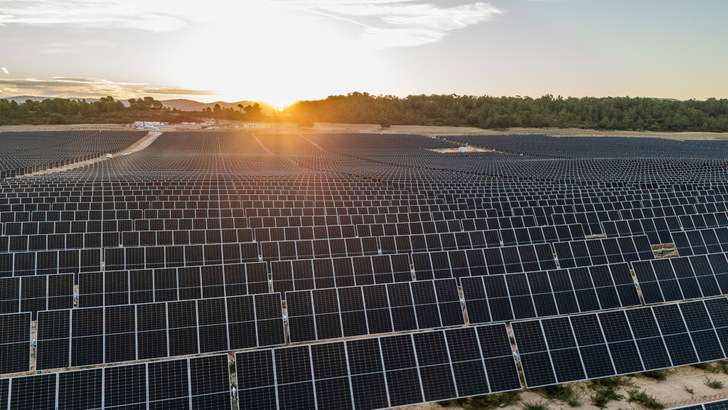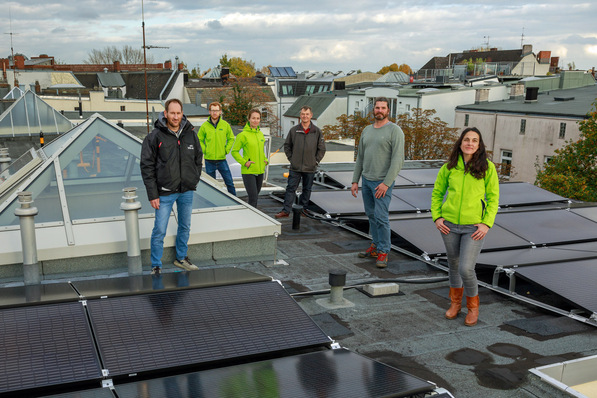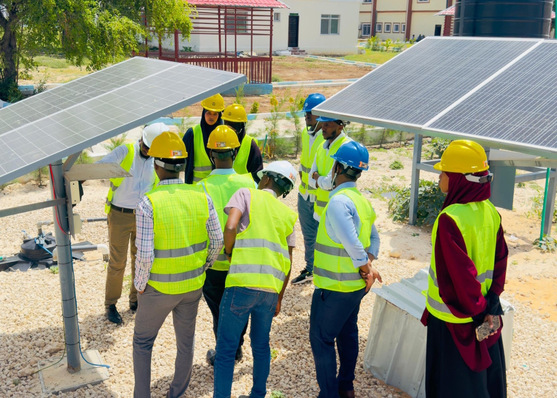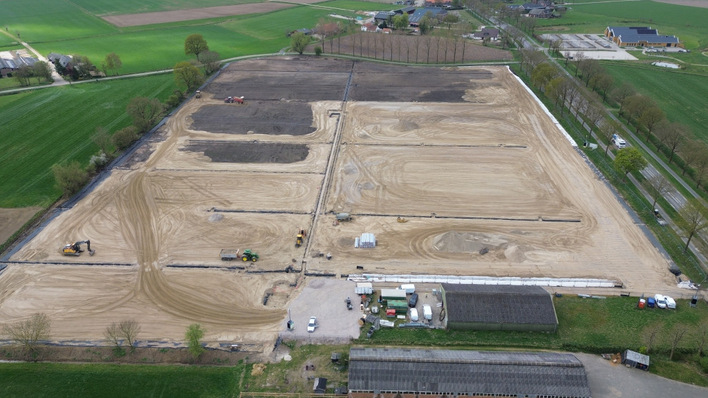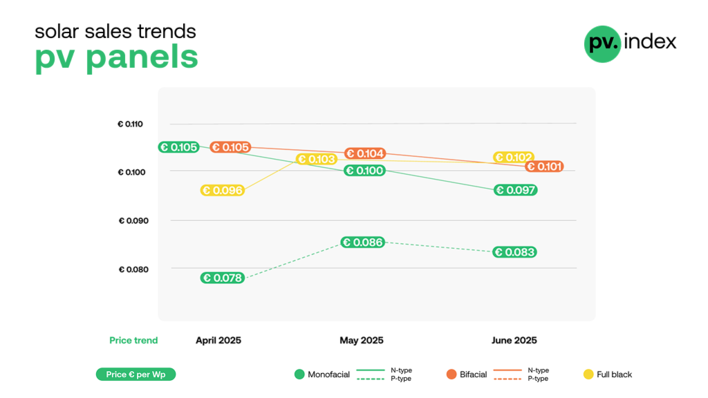The Spanish Photovoltaic Union (UNEF) has published its 2024 annual report. Spain added 7,221 MW of new photovoltaic capacity, solidifying its place among the world’s top ten markets. However, a decline in self-consumption and persistent technical challenges are raising concerns about the country’s long-term prospects.
Insufficient voltage control decisive in Iberian blackout
Cumulative installed capacity in Spain has reached 40,294 MW. In a year when photovoltaic energy became the leading renewable technology for new capacity additions worldwide, the sector achieved 602 GW of new installations worldwide, bringing the total to 2,246 GWp. In 2024, Spain installed 6,039 MW of new ground-mounted photovoltaic capacity, bringing its cumulative total in this segment to 32,157 MW.
Self-consumption falls by 31 percent
The self-consumption segment encountered challenges, with installed capacity falling by 31 percent compared to 2023. The 1,182 MW added last year brought Spain’s total self-consumption PV capacity to 8,137 MW. This highlights that, despite significant progress, the country remains far from the 19 GW self-consumption target outlined in its National Integrated Energy and Climate Plan (PNIEC) for 2030.
Spain prepares to launch collective self-consumption project in Almonte
On the economic front, the photovoltaic sector contributed €10,694 million to Spain’s GDP in 2024, representing approximately 0.7 percent of the national total. The sector also plays a vital role in Spain’s trade balance. Strong exports of inverters, solar trackers and mounting structures drove Spanish PV exports to €3,400 million last year. Although this marks a 5.7 percent decline, the figure remains significant.
693 zero hours recorded by September 2025
By the end of 2024, the photovoltaic sector in Spain supported 146,764 jobs, spanning direct, indirect and induced employment. “While new ground-mounted capacity suggests a possible record in 2025, the figures mask a more complex reality for 2026,” said UNEF general director José Donoso.
UNEF CEO José Donoso on Spain’s solar challenges: “Investments are stagnating”
One of the most pressing challenges is the increase in zero hours, as well as both technical and economic curtailment. Zero hours occur when renewable plants are forced to stop feeding power into the grid despite being operational. By September 2025, 693 zero hours had already been recorded, matching the total for the entire previous year. “This phenomenon, together with low and volatile captured prices, underlines the urgent need for electricity pricing reforms if we are to advance towards the 2030 targets,” Donoso added. (nhp)


